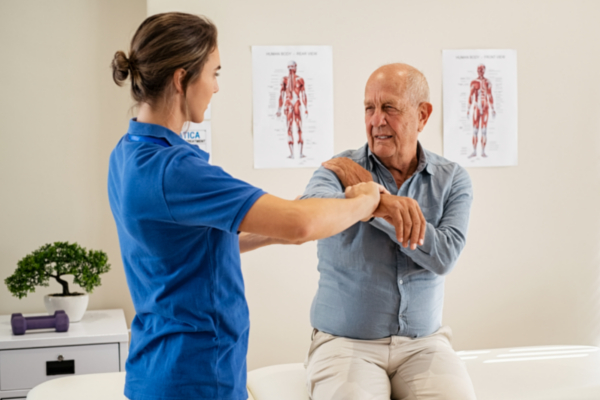Harnessing the Strength of Exercise to Reduce Chronic Discomfort and Enhance Quality of Life
Harnessing the Strength of Exercise to Reduce Chronic Discomfort and Enhance Quality of Life
Blog Article

Persistent discomfort affects numerous of people globally and can significantly diminish the standard of living. It can result from multiple conditions, such as arthritis, chronic pain syndrome, or previous traumas. While drugs and treatments are frequently used to manage pain, a expanding body of research shows that exercise can serve a vital role in relieving chronic pain. Engaging in consistent physical activity can not only assist lower pain levels but also enhance overall well-being and functionality. Comprehending how exercise affects the body can enable patients to take control of their pain relief.
Exercise has several bodily benefits that can help reduce chronic pain. When individuals engage in exercise activities, their bodies produce endorphins, which are natural pain-relievers. Additionally, exercise can improve blood circulation and strengthen muscles, providing better support for joints. For those with conditions like arthritis, low-impact exercises such as swimming or cycling can assist maintain joint mobility without putting excessive strain on the body. Consistent exercise also helps in preserving a fit weight, which can reduce the pressure on load-bearing joints and further ease pain.
In addition to its physical benefits, exercise has a positive impact on mental health. Chronic pain can often lead to emotions of anxiety and depression, which can exacerbate the experience of pain. Participating in consistent physical activity can help fight these feelings by boosting self-esteem and elevating mood. Collective exercises, such useful site as yoga or pilates, also provide social interaction, which can improve emotional support. This combination of bodily and emotional health benefits makes exercise an essential component of a holistic pain relief strategy.
It is important to approach exercise with care, especially for those dealing with chronic pain. Beginning slowly is vital to avoid exacerbating symptoms. Patients should think about consulting healthcare experts to develop a personalized exercise plan that considers into account their specific issues and limitations. Activities such as stretching, walking, or light yoga can be great starting points. Slowly increasing the effort and duration of workouts can help build strength and endurance without inducing undue strain on the system.
In summary, harnessing the power of exercise can substantially alleviate chronic pain and improve quality of life. Regular physical activity not only assists to lessen pain through the release of endorphins and improved muscle strength but also supports mental well-being. By including exercise into regular routines, patients can empower themselves in managing their pain. A careful and informed approach to exercise, guided by healthcare experts, can bring to lasting improvements in health and overall quality of life.